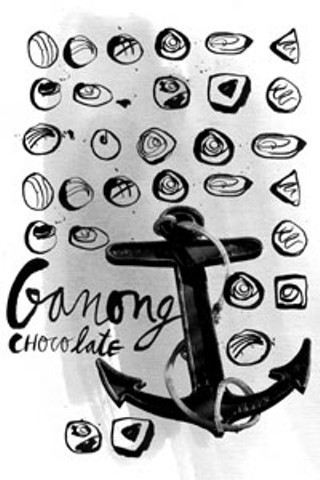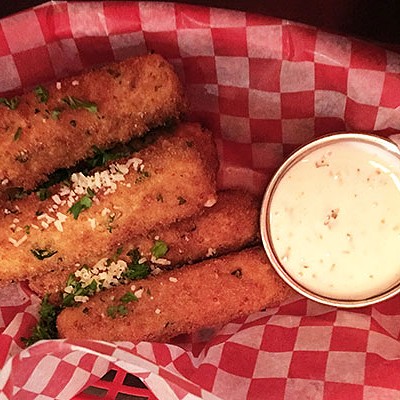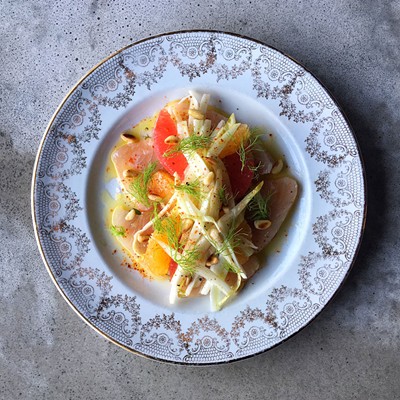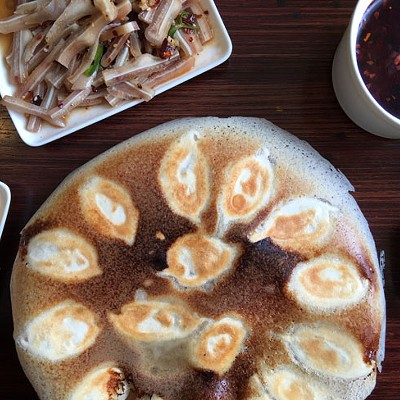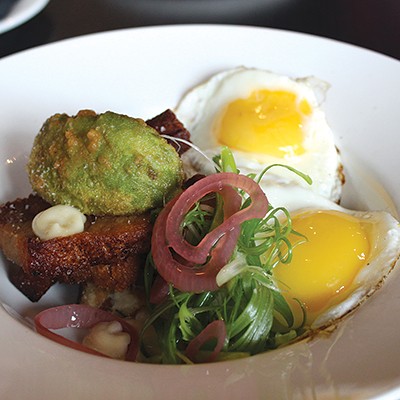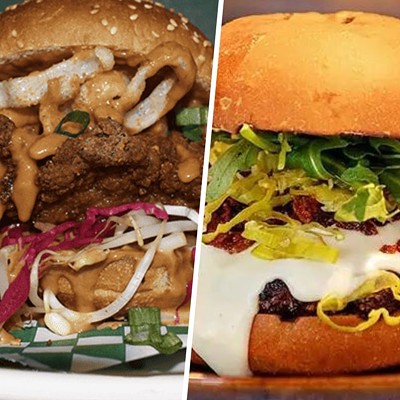It's been 13 years since Forrest Gump told the world that life was like a box of chocolates. David Folster, author of Ganong: A Sweet History of Chocolate, supports that idea. Leafing through the book's glossy pages, filled with pictures of a wide variety of Ganong memorabilia, it's clear that if you want to know what life was like in Atlantic Canada during the last 134 years, you should look at a box of Ganong chocolates.
"The social history of our country is present right there on the tops of those chocolate boxes," says Folster, who discovered a "treasure trove of memorabilia" hidden away in the Ganong company's old factory when he was researching an earlier history of the company in the late 1980s. That first book, The Chocolate Ganongs of St. Stephen, New Brunswick, a narrative history of the chocolate company that invented the Pal-o-Mine chocolate bar and the maritime treat known as "chicken bones," was published in 1990, and was a finalist for the National Business Book Award. Ganong: A Sweet History of Chocolate, Folster's second history of the Ganong chocolate business, focuses on the memorabilia that was left out of the first book and has been short-listed in the Best Atlantic Published Book category of the Atlantic Book Awards.
"Once in a while you have a vision of something and you cross your fingers and work hard and hope it turns out. That's what happened with this book," says Folster, who will appear at Alderney Gate Public Library tonight at 7pm for a reading and chocolate tasting as part of the Atlantic Book Festival.
"A Sweet History of Chocolate is everything I wanted it to be and more. It's a different style of writing than I'm used to, shorter, more disciplined, but I think that allows the artifacts to take centre stage." For as Folster's writing makes clear, the story of the Ganongs—and, by extension, the social history of Atlantic Canada—can also be "read" on Ganong boxes and packages.
"In times of peace, the chocolate boxes feature idyllic scenes: In times of war, you see patriotic images, bulldogs, Union Jacks, battleships," says Folster. "During the Depression, Ganong realized people needed a practical reason to buy something, so they sold chocolates in boxes that could be used as sewing baskets or as memento boxes."
Pictures of the chocolate and reproductions of various Ganong advertising campaigns and marketing materials accompany photographs and excerpts from family records, enlivening the text and providing an unexpectedly in-depth account of how a small family business developed into a Canadian candy empire. The Ganong chocolate business is still operating in St. Stephen, still completely family-owned, still holding strong in a highly competitive market controlled largely by international conglomerates.
Changing times have required that the company narrow its focus in some areas (stopping production of almost all of the 450 varieties of hard candies they once produced, for example) while diversifying in others. Changes in marketing techniques were required as well, and are reflected in the sleeker chocolate boxes we're familiar with seeing in grocery stores today.
Changes aside, Ganong is still a mainstay for Atlantic Canadians. "As I've met people at readings and book signings, I've seen that Ganong chocolate and candy are wrapped up in the social fabric of the maritimes," says Folster. "It's been interesting to see just how deep those connections are in people's homes and their traditions. I mean, chicken bones are as much a part of Christmas here as the tree and the wreath."

